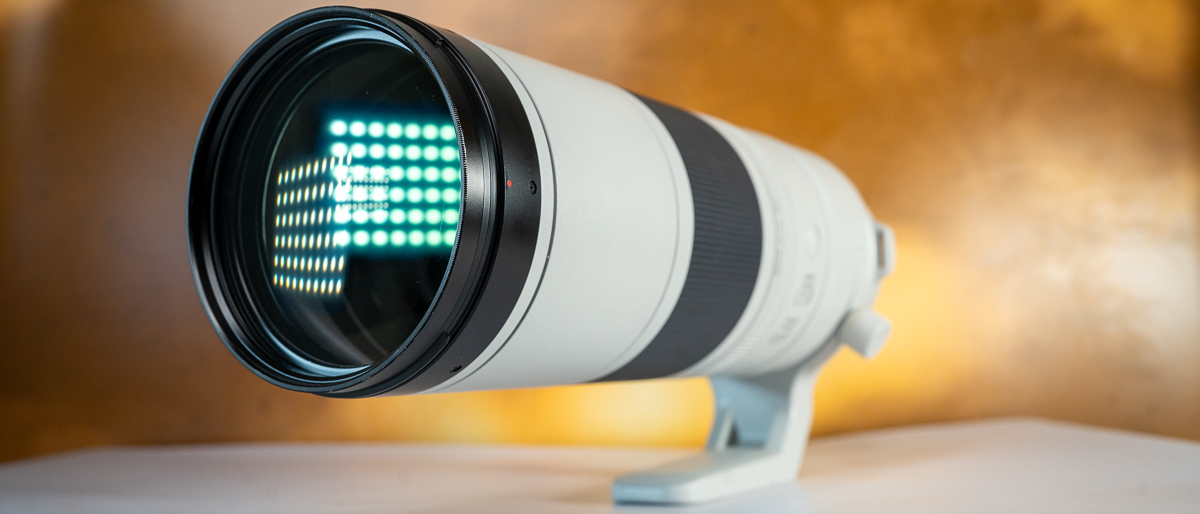Bursting Bubbles Could Inject Drugs Right into Cells
Bubbles popping – the same phenomenon that crumbles kidney stones and rusts ship propeller blades – might hold the key to successfully injecting drugs directly into individual cells without harming them.
A new technique that harnesses the power of microscopic bubbles can open nanometer-sized entries into single cells for a split second.
Scientists have long known that miniscule bubbles in a liquid possess a great deal of useful energy, and when they collapse – a process known as inertial cavitation – for the briefest of moments, the potential energy stored in the bubble can be focused and released in a number of ways.
That includes shock waves or heat (with temperatures equal to that of the surface of a star produced inside a collapsing bubble) or tiny high-speed spurts of liquid that can destroy cells by bursting them open.
Engineers have demonstrated in a new set of experiments that collapsing two of these microscopic bubbles in tandem, one right after the other, creates a "microjet" capable of tearing a tiny pore on the surface of the cell.
This pore formation is transient to allow drugs to enter the cell while the cell membrane will seal itself fast enough to keep the contents of the cell from spilling out.
"The controlled creation of a second bubble in close proximity as the first bubble collapses produces a unique bubble-bubble interaction that forms a potent microjet of liquid," said Pei Zhong, associate professor of mechanical engineering and materials science at Duke University. Pei is lead author of a new study detailing the results in the journal Physical Review Letters.
Get the world’s most fascinating discoveries delivered straight to your inbox.
This microjet "creates a pore on the cell membrane without destroying the cell," Zhong continued. "This microjet is significantly forceful with more focused energy than its counterpart created by a single bubble."
Zhong added that this could become a valuable technique to not only safely introduce drugs into individual cells, but also genetic materials. Genes, as well as so-called small interfering RNAs that influence gene expression, could be squirted into cells to help treat patients with cancers, heart disease and hereditary disorders.
In an editorial accompanying this issue of the journal, Claus-Dieter Ohl from the Nanyang Technical University and the Institute of High Performance Computing, both in Singapore, wrote: "The Duke team's method qualifies as a new technique for drug delivery to single cells, and if engineered further may become a tool for biologists for particularly delicate cell lines and perhaps stem cells."
Zhong said their new research can provide deeper insights into the mechanisms of cavitation-generated bioeffects at the cellular level, which is key for ensuring the success of therapeutic ultrasound applications in clinic medicine.
"Understanding this process should help us design better medical devices," he said.
• War on Brain Tumors Now Includes Magnets and Sound • New Patch Poised to Replace Needles For Painless Flu Shot • Bionic Humans: Top 10 Technologies



